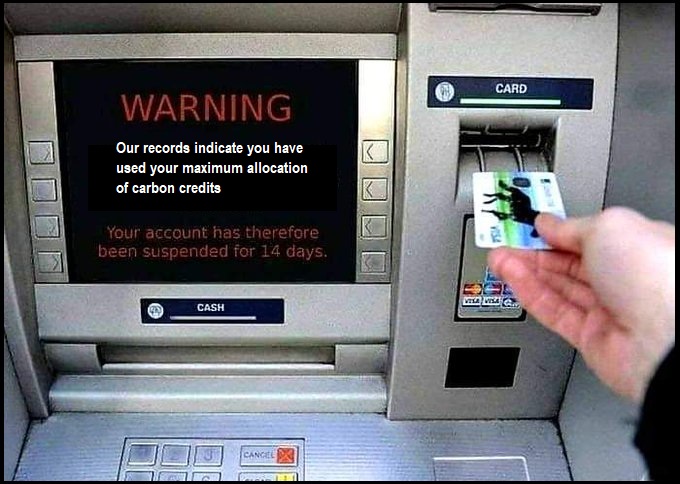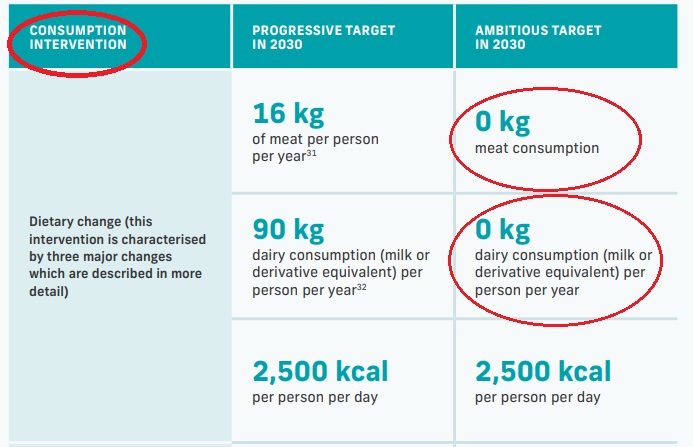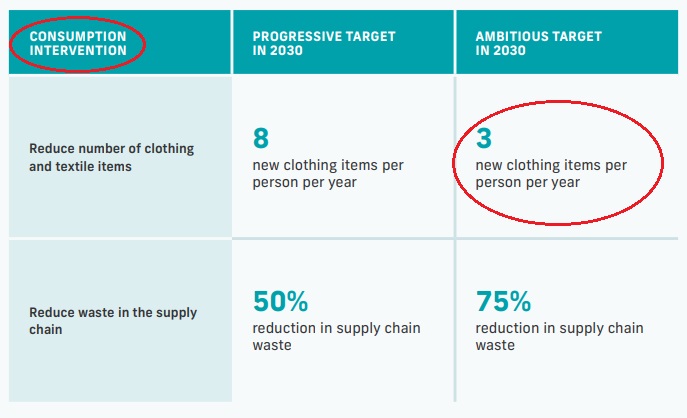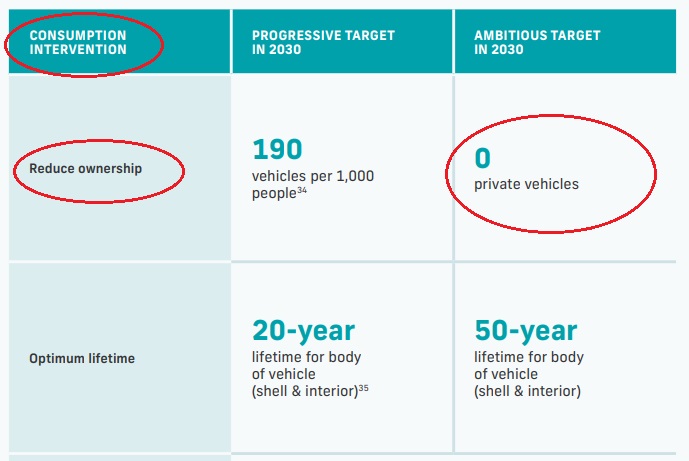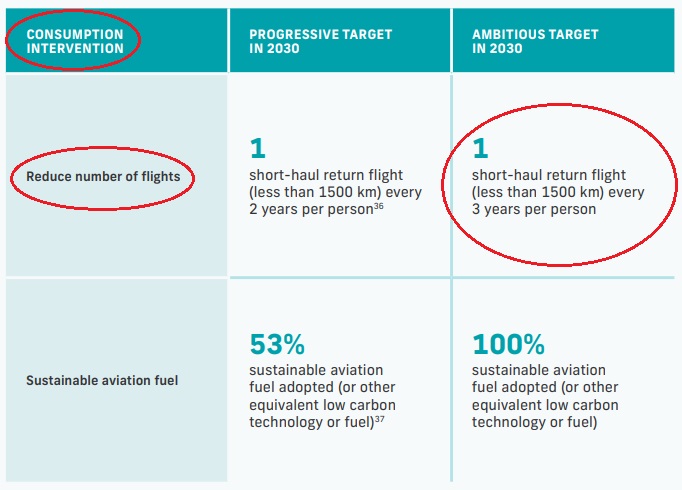Carbon trading is the economic platform to generate government income. That income then drives the carbon control financial mechanisms that will be deployed to the people. At the end of the financial lane, we arrive at a world with Central Bank Digital Currencies (CBDCs). The digital money provides instant control over spending and carbon resource allocation.
For many years the carbon allowances for individuals were esoteric goals as presented by those who assemble at various global COP meetings, Davos and the World Economic Forum. However, with rapid advances in the energy control process, a result of the pandemic and Build Back Better exit, the control officers are now quantifying the specifics for the individual citizen. [pdf Here]
In short, we are now getting down to the brass tacks. Your resource allocation is part of the “consumption intervention” consideration, where the amount of carbon emission your consumption drives is what determines the goal for your future allocation.
[From the Abstract] – There is a growing consensus, based on compelling evidence, that the world is facing a climate crisis and rapid action to reduce greenhouse gas emissions is a necessity. Historically, decision-makers and academics have discussed a range of options that can reduce our carbon footprint over the long-term. However, recent evidence demonstrates that choosing between one option and another is no longer compatible with rapid and significant emission reductions.
Increasingly, all options are required, and this involves multiple actors exploring how they can respond to the current climate crisis; including national government, cities, business and civil society. (read more)
As you can see, the goal is to remove meat and dairy products completely.
In the next chart, you can see your allocation for “net clothing and textiles“:
You will be permitted 3 new clothing items each year.
In the Transporation sector, the ambitious goal is to remove all private vehicles, and the target lifetime of vehicles is 50 years.
For airline travel, citizens will be permitted one flight less than 1,500km (930 miles) every three years.
[Abstract] – “The wide range of action required to achieve a 1.5°C scenario leaves little room for delay or failure over the coming decade; other broad, supporting policies can provide a safety net by bringing about complimentary emission reductions. Examples of such policies are a wide deployment of carbon capture and storage (CCS), particularly in industries that emit direct emissions, and carbon pricing mechanisms that can underpin action across entire economies and markets. However, even deeper paradigmatic shifts may be relevant, such as adopting more useful measures of societal development than just economic growth. In practice, no one city or nation will follow the exact same emissions reduction pathway, but this report provides direction on the type, scale and timescale of policies that will need to be implemented (read more).
As mentioned in the beginning, these are the allocations we can expect to see in the future.
The enforcement mechanisms will likely vary depending on government power amid the various nations within the collective western society. However, based on the successful results from the COVID passport beta tests, gateways and permissions, some form of digital currency will likely be part of the compliance process for the carbon allocation as outlined.

